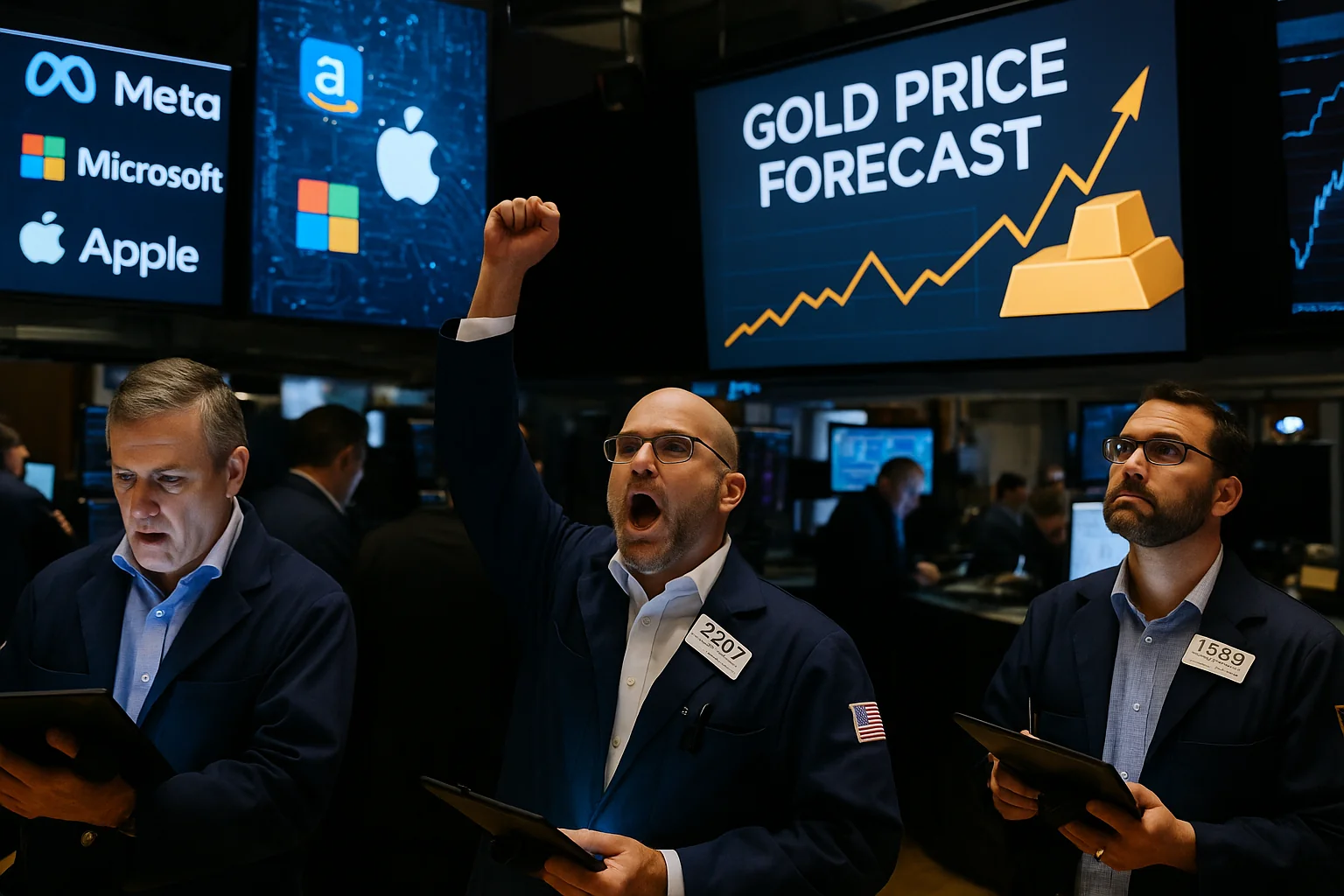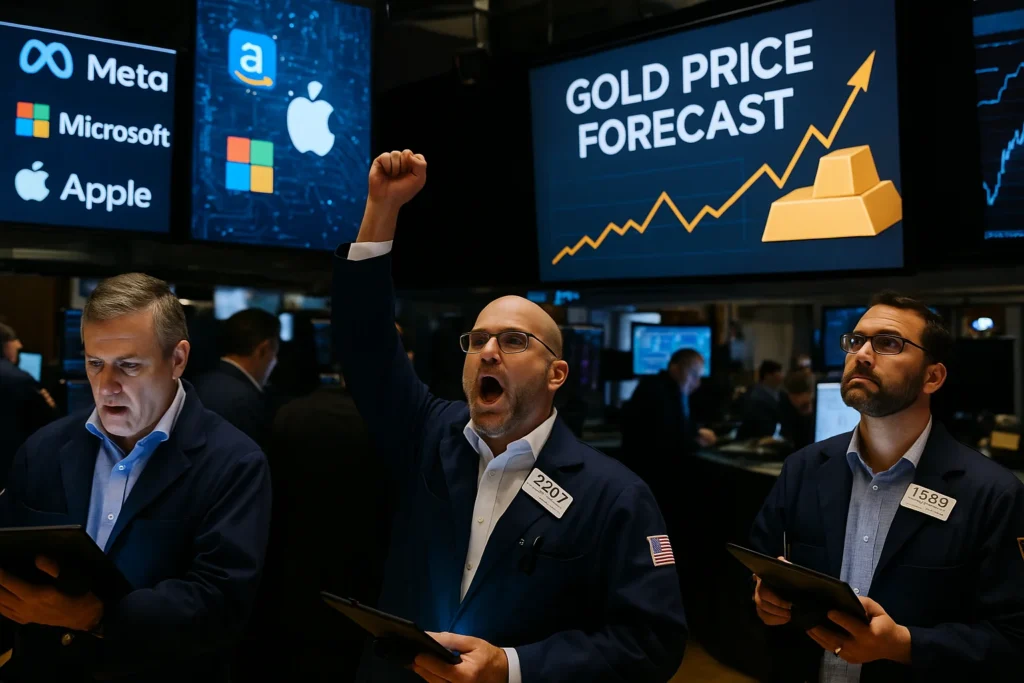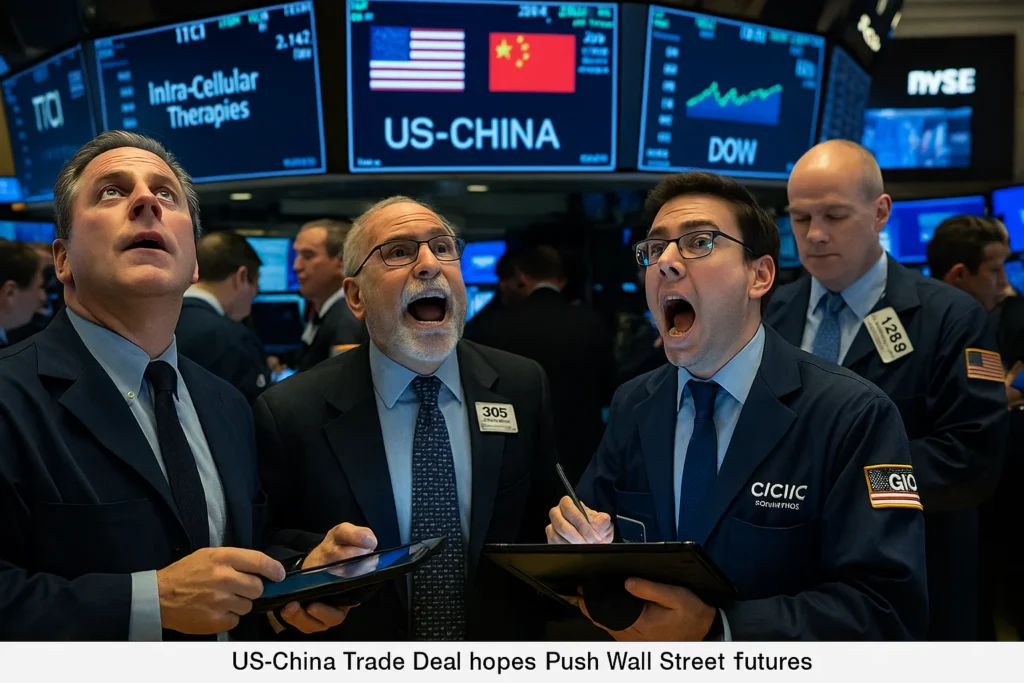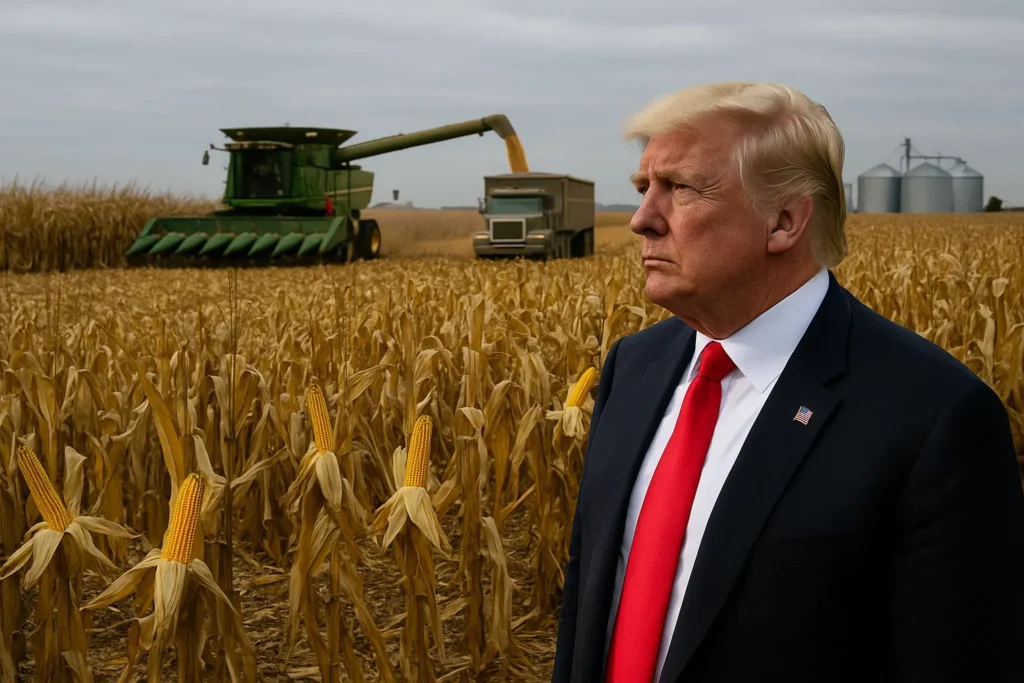The New Gold Rush
The gold industry is once again preparing for a historic ascent. Industry leaders now predict that prices could climb to nearly $5,000 per ounce within twelve months — a 27% surge from current levels. The projection, revealed in the annual London Bullion Market Association conference, reflects a world losing confidence in paper assets and central banks that no longer seem in control.
To some, this forecast sounds like exuberance. To others, it’s simple realism. Inflation remains stubborn, debt is ballooning, and investors are once again treating gold not as a commodity, but as civilization’s insurance policy.
Faith Lost in Paper
What drives the new gold optimism isn’t greed — it’s fear. After two years of chaotic interest rate cuts and fragmented fiscal policy, global currencies have become instruments of political improvisation rather than financial discipline. The Federal Reserve’s recent pivot toward sustained low rates, paired with Europe’s stagnation and China’s slowdown, has created a perfect storm for capital flight into hard assets.
In 2025, the world’s major economies are running on borrowed confidence. The U.S. deficit is expanding, emerging markets are drowning in dollar-denominated debt, and investors no longer trust “growth forecasts” that depend on printing money. Gold thrives in that environment. It doesn’t promise yield — it promises survival.
The Geopolitical Spark
Behind every gold rally lies a crisis of legitimacy. The wars in Ukraine and the Middle East continue to destabilize trade routes and energy markets. Washington’s sanctions on Russia and Iran have disrupted precious metals logistics, while Beijing’s discreet accumulation of bullion reserves signals a quiet but decisive move away from the dollar.
Central banks — once net sellers of gold — are now its biggest buyers. China, India, Turkey, and Saudi Arabia have all expanded reserves this year, collectively adding hundreds of tons to their vaults. Their message is clear: global order is shifting, and gold is its hedge.
This isn’t speculation; it’s strategy. As trust in fiat currencies erodes, nations are turning to tangible assets to anchor their sovereignty. In that context, the $5,000 forecast seems less like a dream and more like a political statement.
Market Mechanics and Manipulation
But gold’s rise isn’t only about macroeconomics. It’s about markets themselves — and how they’ve changed. The last decade of algorithmic trading has transformed gold from a slow, defensive asset into a speculative instrument. ETFs and digital platforms allow hedge funds to move in and out of positions within seconds, amplifying each price swing.
At the same time, Western regulators have done little to address manipulation concerns that persist in the London and New York markets. Paper contracts still outnumber physical gold by more than 50 to 1. As one bullion analyst put it: “We’re trading shadows of metal, not the metal itself.”
When the next liquidity shock hits, paper gold will vanish. Physical gold will not. That’s the unspoken truth driving the current buying spree among private investors and central banks alike.
A Hedge Against Civilization’s Anxiety
Gold’s comeback is not just about wealth — it’s about trust. In an era when AI-driven markets, political instability, and climate shocks redefine risk, gold’s simplicity becomes its strength. It’s the one asset that doesn’t require belief in anyone’s promise.
Even among younger investors once obsessed with crypto, sentiment has shifted. Bitcoin’s volatility and increasing state regulation have made digital assets less appealing as a haven. Gold, with its millennia-long record of surviving every crisis, has regained its ancient role as the last refuge of credibility.
The irony is striking: in the age of quantum computing and algorithmic finance, the world is turning back to a rock dug from the ground.
The Coming Reckoning
If the gold industry’s forecast is correct, we’re entering a new chapter of monetary history. A $5,000 per ounce price would mark not just a financial milestone but a political one — a collective admission that the era of easy money has collapsed.
For governments, it would be a warning: credibility cannot be printed. For citizens, it would be confirmation that the system’s fragility is now visible even in the markets built to hide it.
Gold’s rise is not a sign of strength — it’s a symptom of weakness. When societies turn to metal for safety, it means they’ve lost faith in everything else.
External Links
• Reuters – Gold industry sees price rising to near $5,000 an ounce
• Bloomberg – Central banks drive record gold demand
50 views






